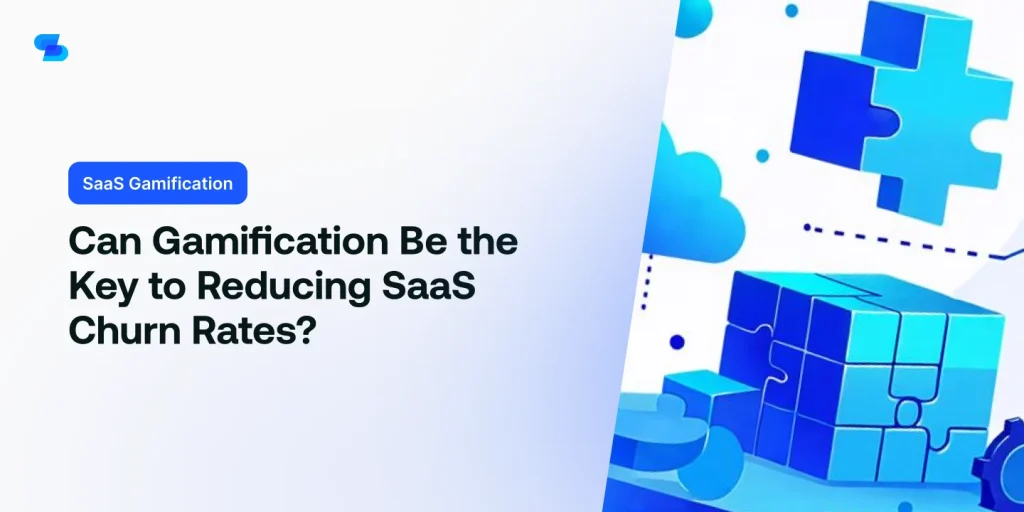You’ve likely heard about gamification, but have you considered its potential to drastically reduce SaaS churn rates? By incorporating game-like elements into your software, you can boost user engagement and satisfaction, ultimately leading to improved retention. Data shows that companies implementing gamification strategies have seen churn rates decrease by up to 15%. From points systems to leaderboards, these tactics create a more interactive and rewarding experience for users. But how exactly can you implement gamification effectively in your SaaS product, and what metrics should you track to measure its impact? The answers might surprise you.
Understanding SaaS Churn
To effectively tackle SaaS churn, you’ll need to grasp its definition, causes, and impact on your business’s bottom line.
SaaS churn refers to the percentage of customers who cancel or don’t renew their subscriptions within a specific period. It’s a critical metric that directly affects your revenue and growth potential.
Common causes of churn include poor user experience, lack of perceived value, inadequate customer support, and pricing issues. On average, SaaS companies experience a 5-7% annual churn rate, but this can vary widely depending on the industry and target market.
High churn rates can greatly hamper your company’s growth, as acquiring new customers is typically 5-25 times more expensive than retaining existing ones.
To combat churn, you’ll need to:
- Regularly analyze your churn data
- Implement customer feedback loops
- Enhance onboarding processes
- Offer personalized experiences
Gamification Principles in Software
Leveraging gamification principles in software can greatly boost user engagement and retention, potentially reducing churn rates by up to 70% in SaaS applications. To implement gamification effectively, you’ll need to understand and apply key principles that drive user motivation and behavior.
First, incorporate a points system that rewards users for completing tasks or achieving milestones. This creates a sense of progress and accomplishment.
Next, implement leaderboards to foster healthy competition among users, encouraging them to engage more frequently with your software. Badges and achievements can also serve as visual representations of users’ progress, providing a tangible sense of growth.
Don’t forget to include challenges or quests that guide users through your software’s features, helping them discover new functionalities while feeling a sense of adventure.
Personalization is essential; tailor the gamification experience to individual user preferences and behaviors for maximum impact.
Lastly, implement a feedback loop that provides immediate responses to user actions, reinforcing positive behaviors and guiding them towards desired outcomes.
Case Studies: Gamification Success Stories
Several real-world examples demonstrate how gamification has successfully reduced churn rates and boosted user engagement in SaaS applications.
Let’s explore some of these success stories to understand the impact of gamification on user retention.
Dropbox, the popular file-sharing platform, implemented a gamified onboarding process that rewards users with extra storage space for completing specific actions. This strategy led to a 35% increase in user sign-ups and a significant reduction in churn rates.
Duolingo, the language-learning app, uses a streak system and virtual currency to keep users engaged. This approach has resulted in a 5% increase in daily active users and a 50% reduction in churn rates.
Salesforce’s gamification features, including badges, leaderboards, and challenges, have helped increase user adoption by 40% and reduce churn rates by 15%.
LinkedIn’s profile completion meter encourages users to add more information, resulting in a 20% increase in profile completions and a 22% decrease in churn rates.
These case studies highlight the effectiveness of gamification in reducing SaaS churn rates.
Implementing Gamification Effectively
Now that we’ve seen the impact of gamification on SaaS churn rates, it’s crucial to understand how you can effectively implement these strategies in your own platform. Start by identifying your key retention metrics and user behaviors you want to encourage. Set clear, measurable goals for your gamification initiatives.
Next, design game elements that align with your product’s core functionality. Incorporate progress bars, achievement badges, or leaderboards that resonate with your users’ motivations. Confirm these elements enhance, rather than distract from, the user experience.
Implement a robust onboarding process that introduces gamification gradually. This approach prevents overwhelming new users while piquing their interest. Use data analytics to track user engagement with gamified features and iterate based on these insights.
Personalize the gamification experience by segmenting users based on their behavior and preferences. Tailor challenges and rewards to different user groups for maximum impact. Additionally, create a feedback loop that allows users to provide input on the gamification elements.
Lastly, continuously test and optimize your gamification strategy. A/B test different approaches, analyze user feedback, and adjust your tactics to maximize retention and reduce churn rates effectively.
Measuring Gamification’s Impact on Retention
To accurately gauge the success of your gamification efforts, you’ll need to establish key performance indicators (KPIs) that directly correlate with user retention and engagement.
Start by tracking your churn rate before and after implementing gamification features. Monitor user activity levels, session duration, and frequency of logins to assess engagement improvements. Measure the completion rates of gamified tasks or challenges to determine their effectiveness in driving desired behaviors.
Implement A/B testing to compare retention rates between user groups with and without gamification elements. Analyze the lifetime value (LTV) of customers who actively participate in gamified features versus those who don’t. Track Net Promoter Score (NPS) changes to understand how gamification affects user satisfaction and loyalty.
Use cohort analysis to identify patterns in user behavior and retention over time. Pay attention to feature adoption rates and how they correlate with overall retention. Collect qualitative feedback through surveys and user interviews to gain insights into the perceived value of gamification elements.
To Wrap Up
You’ve seen how gamification can markedly reduce SaaS churn rates.
By implementing game-like elements, you’ll boost user engagement and satisfaction.
Start small, track your metrics, and adjust your strategy based on data.
Remember, effective gamification is tailored to your users’ needs and preferences.
Don’t overlook this powerful tool in your retention arsenal.
With the right approach, you’ll see improved user loyalty, increased usage, and ultimately, lower churn rates for your SaaS product.

